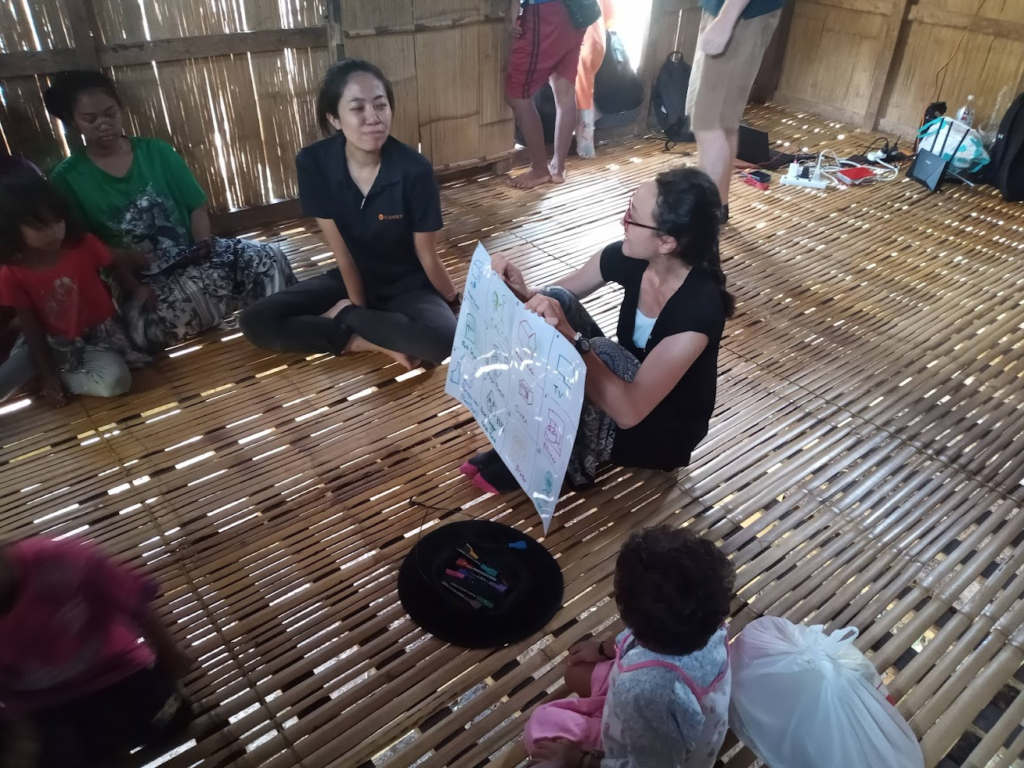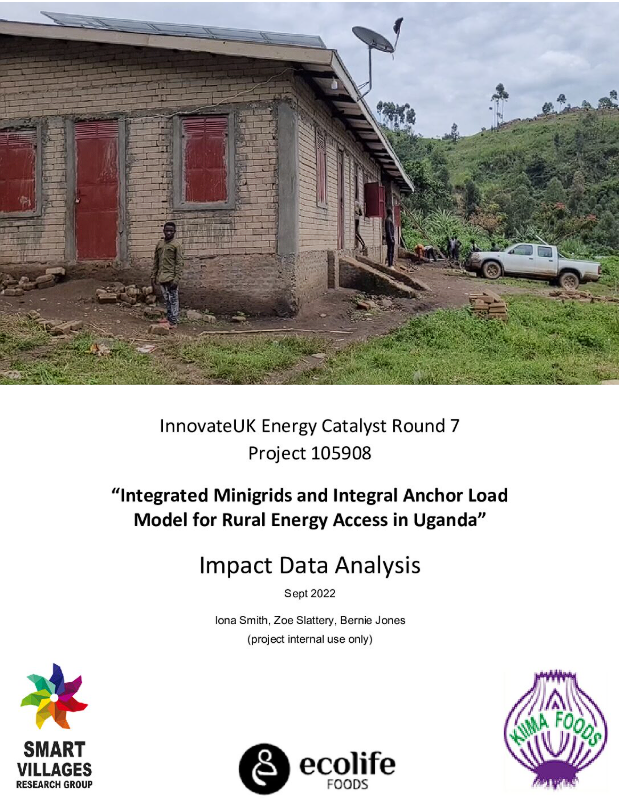Community Engagement
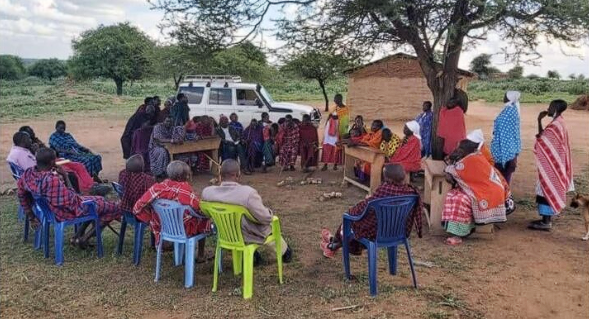
The challenges we solve
Our unique approach to developing solutions for communities involves getting to know the communities first, with their challenges, successes, power-structures and dynamics. We run a number of informal and formal community engagement tools and processes, from open meetings and focus groups to much more formal community service value tests that explore with different sectors of the community what their priorities are for development and change, the reason that these are important, the difference they would make to their lives, and the relative ranking and importance of these different priorities for community sectors. This allows us to build community value maps, which can be analysed by criteria such as short/long-term economic benefit, ease/cost of implementation, importance for women or marginalised sectors of communities. This information can then be used by us or our partners to develop a bespoke, optimised solution for the community that is targeted on community priorities and impact.

Without a community-centric, bottom-up approach, there will be no sense of ownership and value given to the solution, and achieving long-term impact and sustainability will be that much more difficult.
Sensitive bottom-up approach
Our bottom-up approach integrates community perspectives into development planning through a combination of quantitative and qualitative tools, ensuring that projects are not only relevant to immediate needs and priorities, but also incorporate long-term economic sustainability and scalability, leading to enduring benefits to the community.
We conduct rigorous, participatory assessments to identify and prioritise community needs, with sensitivity to local norms, structures, and vulnerabilities. We adapt and design bespoke methodologies for specific contexts, including community social mapping exercises, models for stimulating land agreement discussions, and tailored focus group discussions.
One of our techniques is the Service Value Method (SVM) that combines qualitative insight with quantitative rigour to uncover key challenges, needs and gaps in services across demographic groups and contextual factors. This assists to establish what the needs and the priorities of the communities are in order to tailor the approach and design of interventions across environmental, social and economic factors in a way that the community perceives as most beneficial to them.
The needs assessment enables a comprehensive evaluation of interventions that weigh up trade-offs between community priorities and factors such as economic benefit and ease of delivery. From this, we work with stakeholders to design solutions with sustainability and autonomy in mind. We prioritise interventions that generate economic value locally. Examples include solar-powered community hubs or systems, digital learning tools, value-addition and cold-storage infrastructure, community health centres, and business incubation and skills programs.



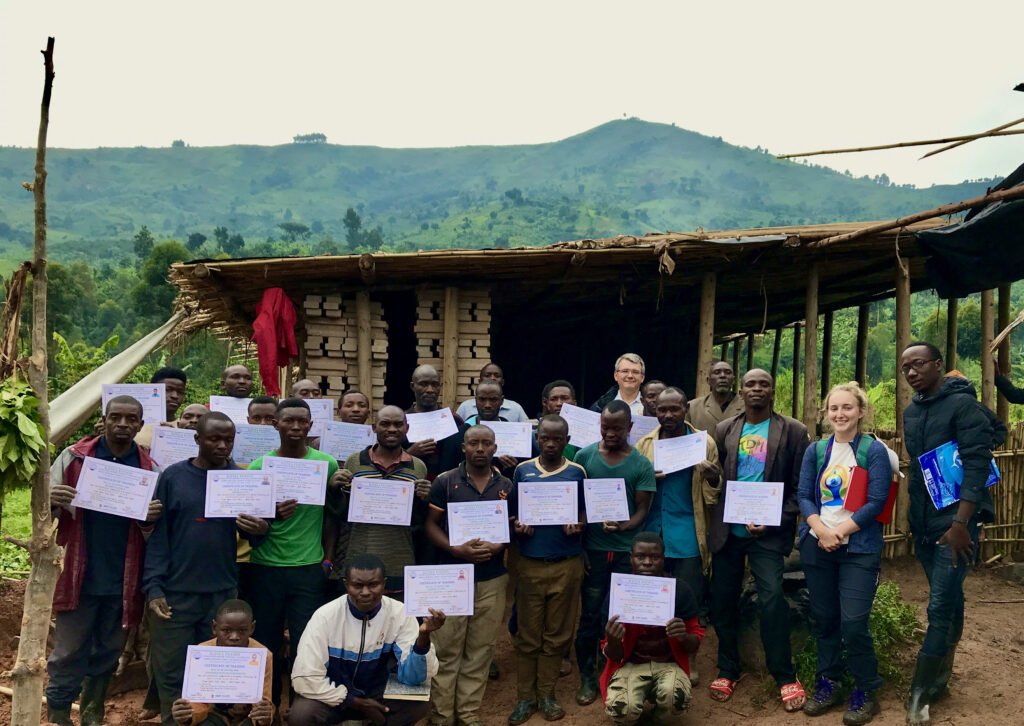

Innovation in engagement
One size does not fit all in terms of technology, so why should it in community engagement methodologies. Every community is different, and every project is different. We continually adapt our engagement methodologies to suit local contexts and cultures, and the scope and intended outcomes and impacts of any intervention.
This means we innovate different engagement strategies, tailor fous groups and surveys to meet community expectations and project needs, and approach community co-design and capacity building to maximise project impact and fit, and community outcome sustainability.
We also aim to strengthen or co-create governance structures that empower communities to manage their own development priorities. This includes the training of local leaders, committees, and youth groups in project management, financial literacy, and participatory governance to ensure local ownership of initiatives long into the future.


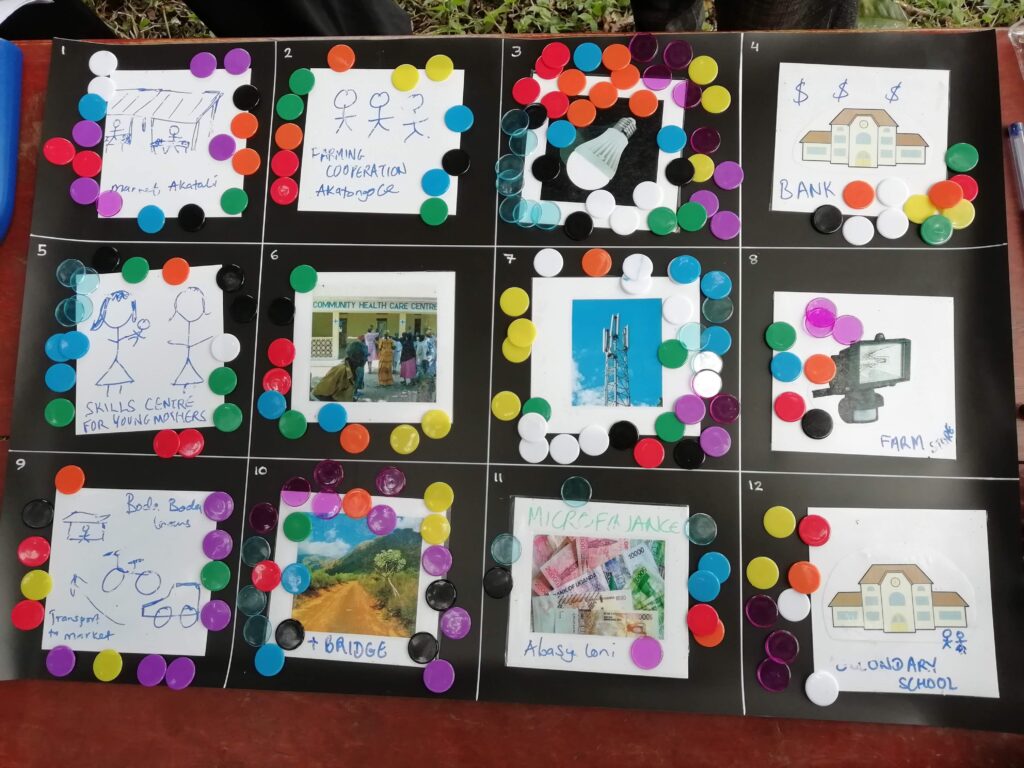

Proven results
The effectiveness of our engagement approach is evidenced in the participation of communities in our initiatives, and their response to co-designed solutions.
The evidence for this can then be captured in impact studies across a broad range of impact metrics, including more intangible but important factors such as civic pride, community governance and participation, social cohesion, leisure time and quality of life.
